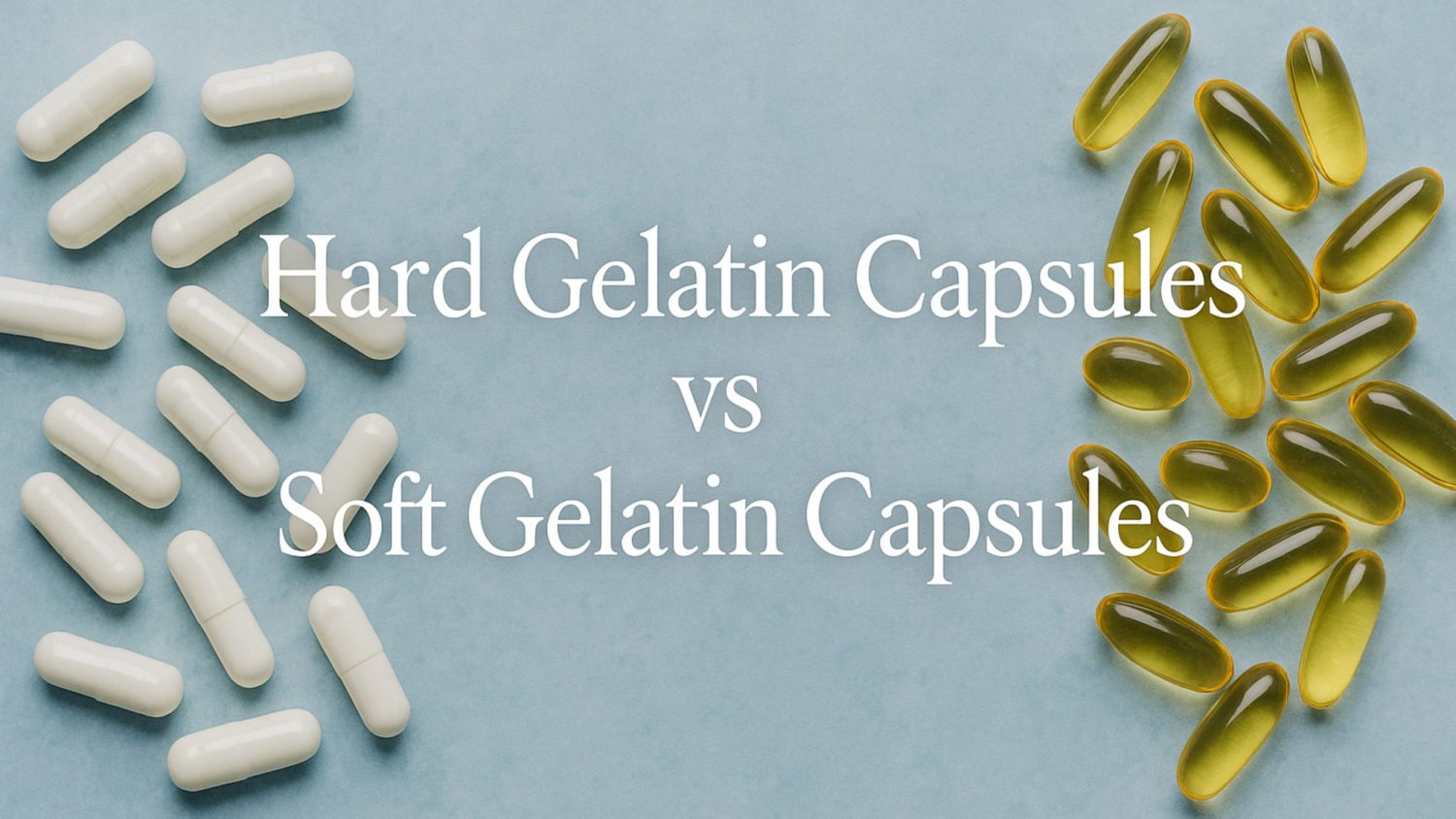
As consumers, we all know that capsules are the most common form of supplements or medications. They come in two basic types: hard-shelled capsules and soft-shelled capsules (softgels).
But if you put yourself in the shoes of a manufacturer, are you actually clear about whether to put your formula into a hard capsule or a softgel?
So which one should you choose? Let’s break down the difference between hard and soft gelatin capsules in simple terms. We’ll look at what they are, how they’re made, when each type works best, and how to pick the right equipment for your production line.
What Is a Hard Gelatin Capsule?
Hard gelatin capsules are the classic two-piece shells you’re used to seeing. The two pieces refer to a cylindrical “body” and a shorter “cap” that lock together.

The hard capsule halves are manufactured separately using stainless-steel pins dipped into a solution. The solution is made using a mixture of gelatin, plasticizers, dyes, or sometimes preservatives. The gelatin is a collagen derived from animal skin, bones, and tissues. After the stages of drying, stripping, and trimming, the halves are joined to form a complete capsule, ready for filling.
Hard gelatin capsules can be filled with powders, granules, pellets, liquids, and even combinations of these. It’s worth noting that, in modern manufacturing of capsule products, manufacturers generally buy premade capsules. That is more economical and efficient than making the capsules in-house.
A quick aside here. As said earlier, gelatin is animal-based, so what if vegans or vegetarians are part of your target market? You can have HPMC capsules. These plant-based shells look almost identical to gelatin capsules and are also classified as hard capsules.
The HPMC capsule can also be filled with materials just like their gelatin counterparts. Because of their origin, they’re a popular choice for many health-conscious people and certain religious markets. They’re now an important alternative in today’s supplement and pharmaceutical industries.
Advantages of Hard Gelatin Capsules
- Versatile in fill material: powders, granules, pellets, liquids, mini tablets, and semi-solids.
- Dose precisely with a range of standardized sizes (000-5).
- Shield the ingredients against light, oxygen, and moisture.
- Release active substances rapidly and effectively.
- Can be designed for controlled or targeted release.
- Easy to print logos or brand names on the surface of shells.
- Generally more affordable compared to softgels.
Disadvantages of Hard Gelatin Capsules
- Animal-derived gelatin is not vegan or vegetarian-friendly.
- Sensitive to humidity; can become sticky or brittle.
- Not suitable for packing very high doses.
- Have a shorter shelf life.
- Cost more to produce and buy.
Hard Gelatin Capsule Manufacturing Process
Making hard gelatin capsules involves two separate stages: shell production and filling. A typical process looks like this:
Stage 1 Shell Production
1. Preparing the solution. Mix gelatin with water and plasticizers. Heat and stir the mixture until a uniform solution is achieved. Colors or preservatives may be added.
2. Dipping molds. Stainless‑steel pins are dipped into the gelatin solution. The pins match the desired capsule size.
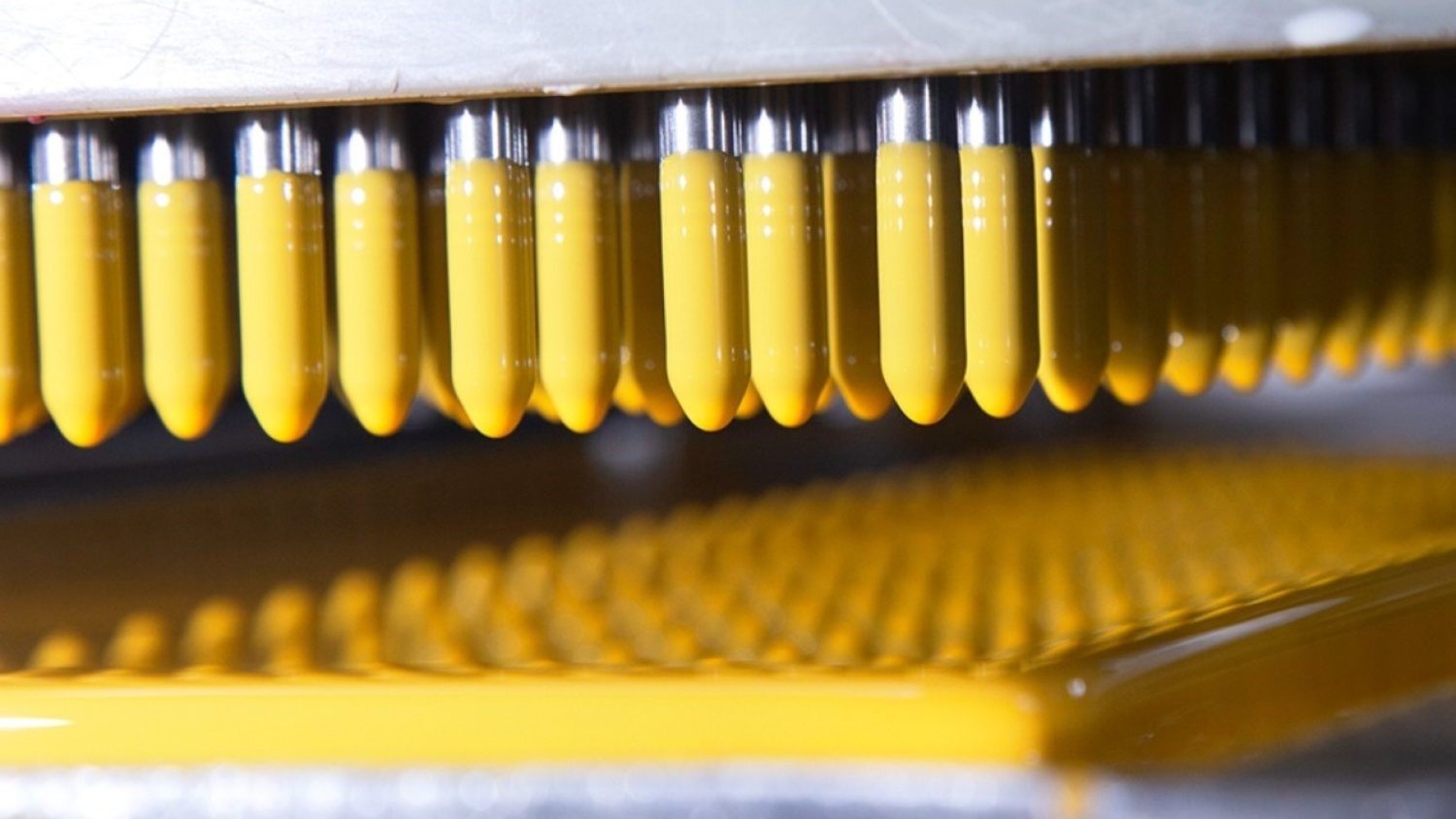
3. Spinning the pins. The pins are lifted from the solution and rotated to form an even film.
4. Drying and hardening. The pins then move through a drying chamber to harden the film into the cap and body of a capsule.
5. Stripping and trimming. After drying, the capsule halves are stripped from the pins. They are then precisely cut to the correct lengths.
6. Joining the halves. The cap and body are joined together to form a complete empty hard capsule.
Stage 2 Capsule Filling
1. Preparing the shells. Empty capsules are loaded into the capsule filling machine. The machine feeds the shells into the segment bores.
2. Separating the halves. The capsule halves are separated by vacuum suction. The caps and bodies stay in their own segment bores.
3. Filling the empty bodies. Material is precisely measured and filled into the body of each capsule.
- Powder filling: Uses a dosing disk and tamping pins to compact the powder into plugs.
- Pellet filling: Since the material flows better, the volumetric dosing method is employed here.
- Liquid filling: Relies on peristaltic pumps to feed liquids through the tubing into the capsule body.
4. Closing the filled capsules. Most dry-filled capsules are locked by the mechanical force of the capsule filling machine. For liquid-filled capsules, gelatin bands are applied to seal the capsules to prevent leakage.
5. Discharging the finished product. Filled capsules are ejected from the machine and discharged to a collection bin.
What Are Hard Gelatin Capsules Used for?
You can find hard gelatin capsules everywhere in dietary supplements. Because they readily conceal taste and odor, they are often used to pack vitamins, herbal extracts, and amino acids.
Besides single fill material, these capsules can also hold combinations of different ingredients. For example,
- Solid-in-solid combos: Powders, granules, or pellets can be layered together in a single capsule. It’s useful in multi-component drugs that have different release times.
- Solid-in-liquid combos: Powder or pellets can be suspended in an oil or semi-solid matrix. This approach helps keep sensitive actives stable and deliver poorly soluble drugs.
- Liquid-in-liquid combos: With specialized sealing techniques, hard capsules can hold two or multiple immiscible liquids. This design is useful for advanced therapies where actives need to remain separate until digestion.
Clinical trial researchers often use hard capsules to blind study participants because they can encapsulate placebos and active drugs in identical shells. Their fast disintegration makes them suitable for drugs where a quick onset of action is desired.
What Is a Soft Gelatin Capsule?
Unlike two-piece hard gelatin capsules, soft gelatin capsules, often shortened to softgels, are made with a flexible shell that is a single piece. They usually hold liquid or semi-solid fills.
The softgel shell is made from gelatin, a significant amount of water, and plasticizers. Typically, it contains about 40-45% gelatin, 30% plasticizer, and at least 20% water. The plasticizer gives softgels their signature softness.
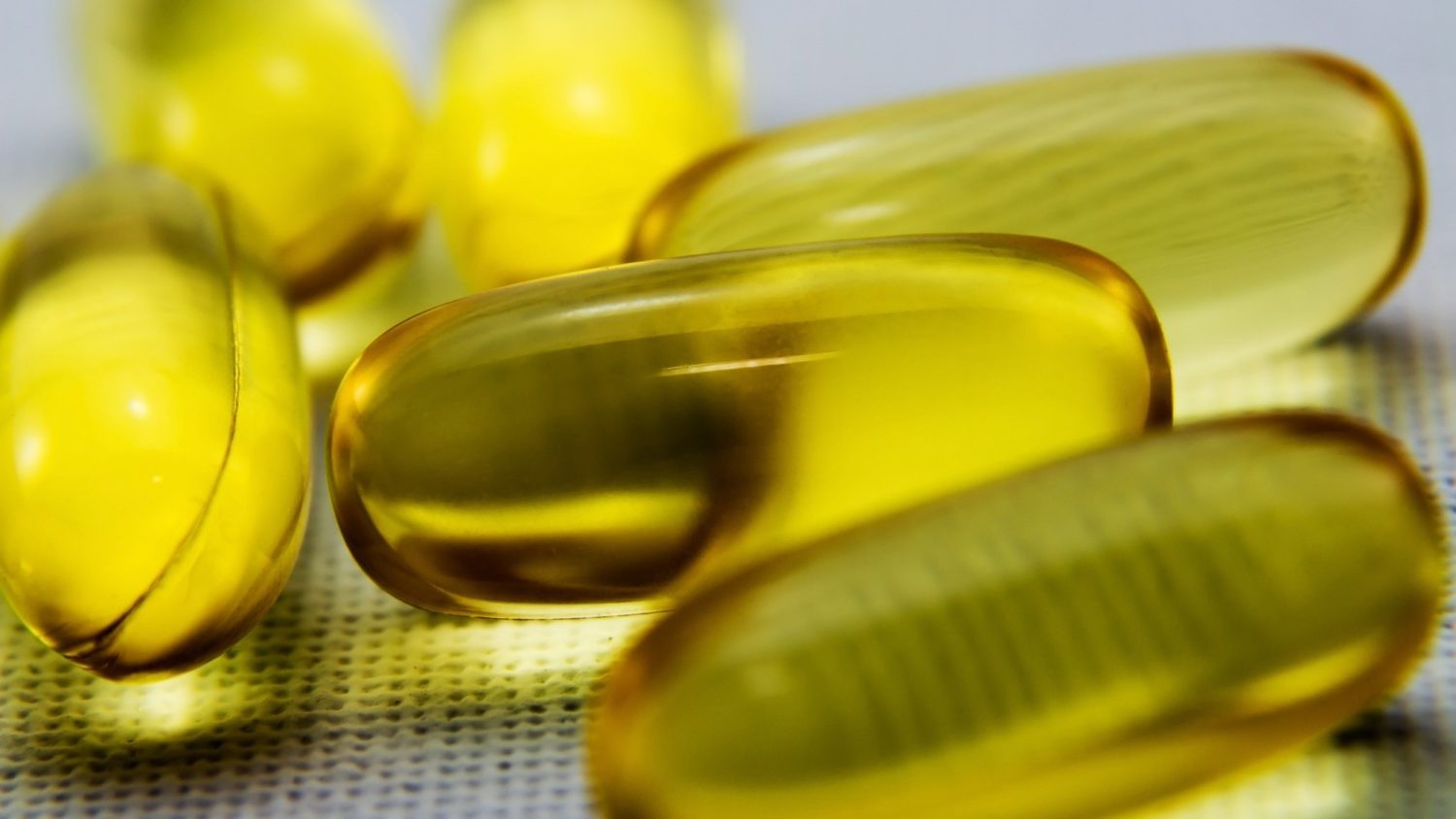
The capsules are sealed as they’re formed. The unique airtight design can safely protect sensitive ingredients from environmental factors. Manufacturers often choose them for oil-based vitamins, fish-oil supplements, and other fat-soluble actives.
Softgels have a smooth, lustrous surface, giving them a distinct look and a gentle touch. Many consumers associate these features with quality and premium products.
By the way, softgels also have vegetarian-friendly versions. In these, the “gel” isn’t gelatin but plant-based gelling agents like carrageenan and modified starch. These vegan softgels are increasingly popular and are a significant growing trend in the supplement market.
Advantages of Soft Gelatin Capsules
- Capable of encapsulating oils, solutions, suspensions, and poorly soluble liquids.
- A smooth, flexible shell makes it easier to swallow than hard caps and tablets.
- The hermetically sealed shell protects sensitive actives from air, light, and oxidation.
- The enclosed capsule structure masks unpleasant odors and leaves no aftertaste.
- Liquid actives are absorbed more quickly into the body than many solid forms.
- Reduce GI discomfort compared to some solid dosage forms.
- Flexible sizes and shapes available for customization and branding.
Disadvantages of Soft Gelatin Capsules
- Limited to filling liquids and semi-solids.
- Sensitive to changes in moisture and temperature.
- More complex and expensive to produce.
- Unsuitable for consumers who avoid animal-derived products.
Soft Gelatin Capsule Manufacturing Process
Filling hard capsules can be a manual job, but making softgels isn’t. You need specialized equipment called a soft encapsulation machine. Producing those clear, pearl-like capsules involves five main steps:
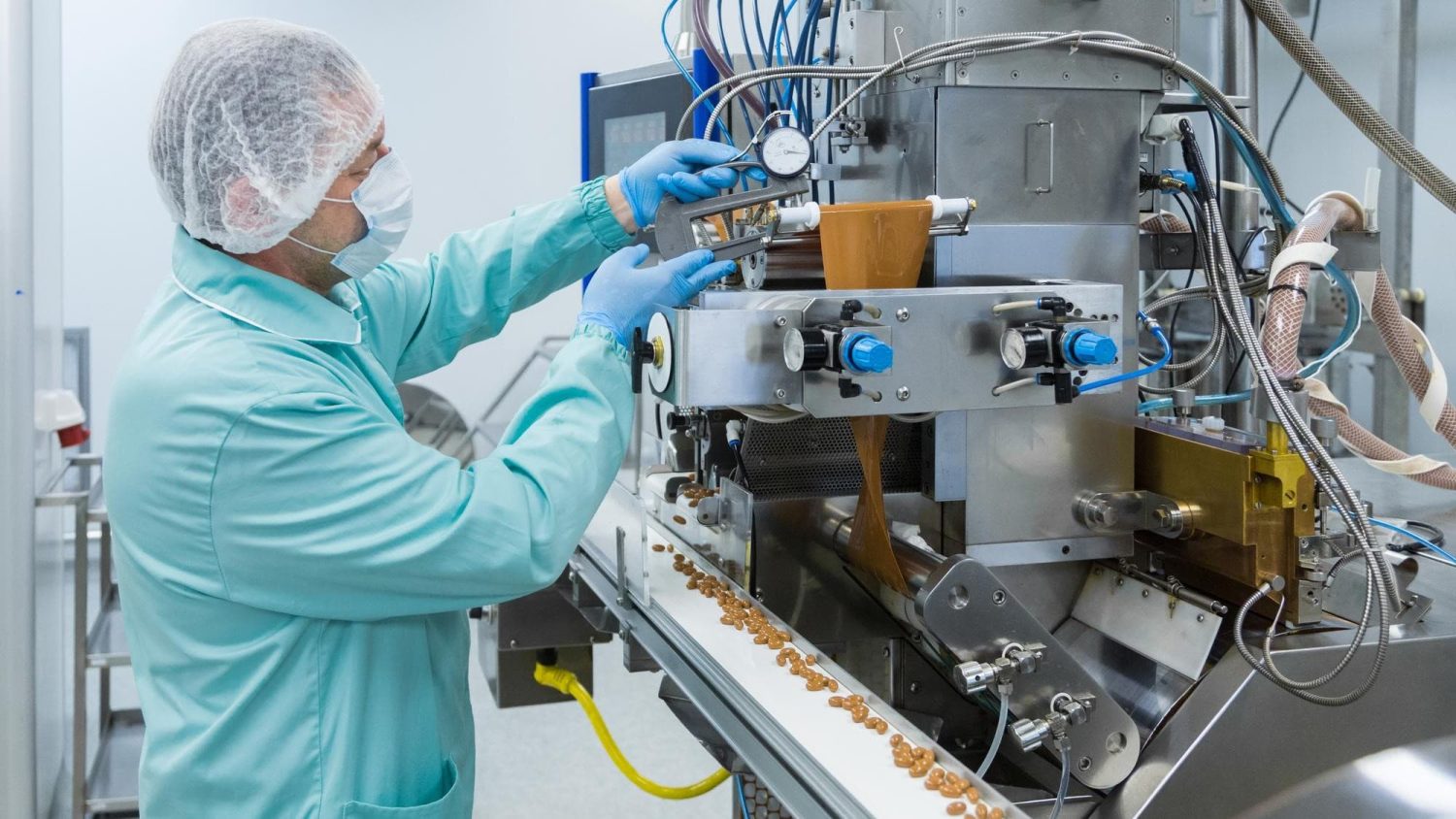
1. Preparing the shell material and fill. The gelatin mass for the capsule shell and the liquid formulations for the contents are loaded into separate hoppers.
2. Forming the shell. The gelatin mass is pumped into the machine and shaped into two ribbons. These ribbons pass between two rotating die rolls that have molded pockets. The ribbons are pressed into the pockets to form the softgel halves.
3. Encapsulating. The liquid fill is injected into the space created by the ribbon.
4. Sealing and cutting. Heat from the injection wedge and pressure from the die rolls seal the ribbons and cut them around the fill. A complete softgel is formed.
(NOTE: Steps 2-4 take place at the same time.)
5. Drying. Freshly made softgels are still too soft to be packaged. They’re first dried in a tumble dryer, then spread on trays to set until the desired hardness is achieved.
What Are Soft Gelatin Capsules Used For?
Softgel capsules shine when the active ingredient is a liquid or is soluble in oils. They are widely used to deliver fish oil, krill oil, vitamin D and E, coenzyme Q10, and other fat-soluble nutraceuticals.
Softgels are also used for drugs that have an unpleasant taste or odor; the encapsulation masks the flavor and odor.
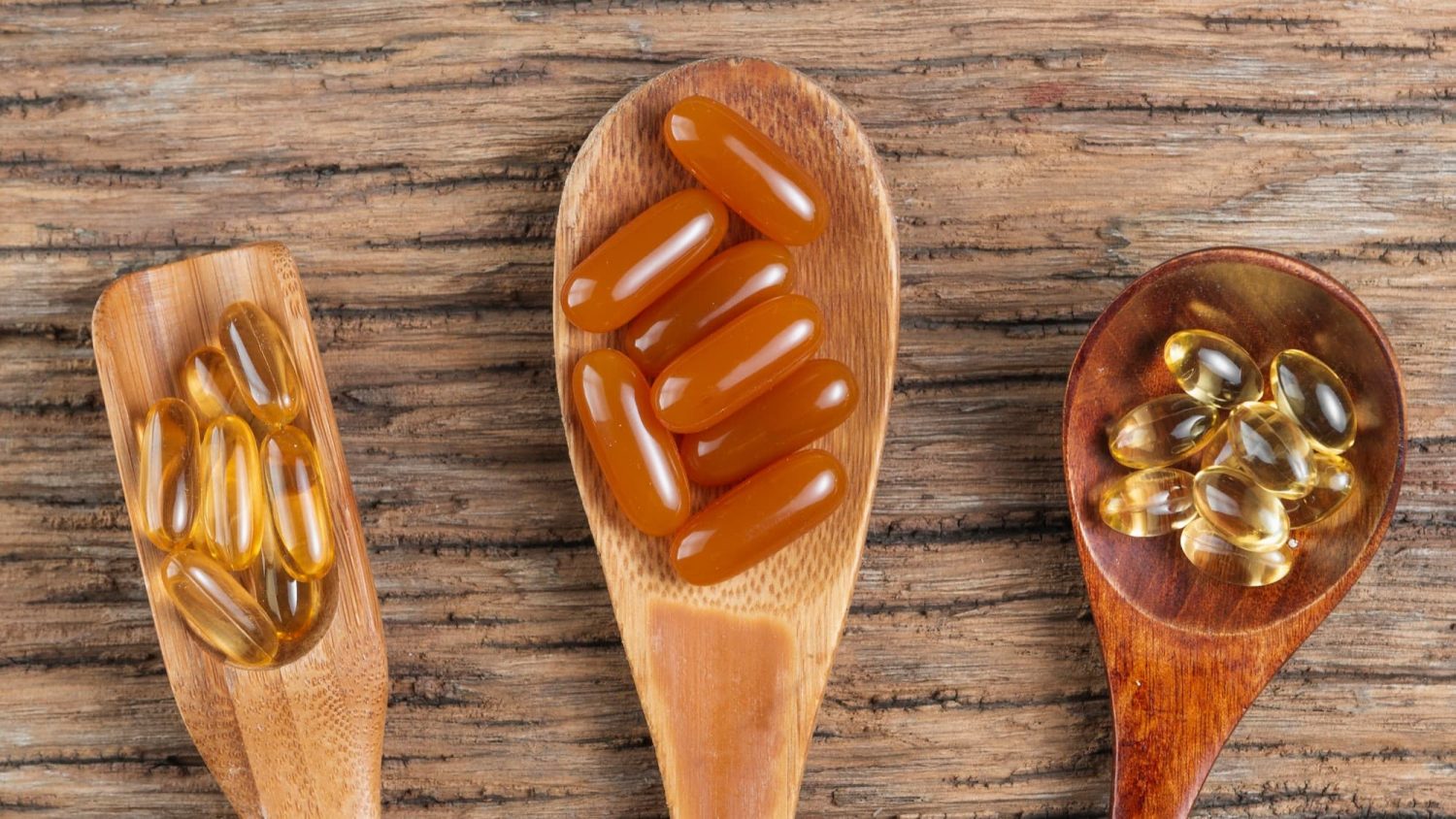
Beyond oral products, softgels can be adapted for rectal suppositories or even topical cosmetic applications.
Their flexibility allows manufacturers to shape softgels into round, oval, or oblong forms and to use clear or opaque shells to enhance branding.
Differences Between Hard and Soft Gelatin Capsules
When deciding between soft and hard gelatin capsules, we should look at several factors. Let’s compare them side by side:
| Factor | Hard Gelatin Capsules | Soft Gelatin Capsules |
| Structure | Two‑piece design with a shorter cap and a longer body. Shells are rigid and separable. | A one‑piece hermetically sealed unit. The shell and fill are formed and sealed at the same time. Shell is elastic and pliable with higher water content. |
| Composition | Made mainly from gelatin (30-45%). Contain additives like colorants, plasticizers, and preservatives. | Formulated with gelatin (40-45%), plasticizers (glycerin or sorbitol), and at least 20% water. The higher plasticizer content gives the shell its elasticity. |
| Manufacturing process | Two stages:1. Make empty shells via dipping, drying, stripping, and trimming; 2. Fill and seal them.Simpler and cost‑effective. | A continuous process:Gelatin and fill prep → Gelatin ribbons formed → Die rolls shape shells → Fill injected → Shells sealed and cut |
| Filling content | Suitable for powders, granules, pellets, mini‑tablets, and some liquids. Liquid‑filled hard capsules require gelatin band sealing. | Ideal for oils, hydrophobic drugs, emulsions, and pastes. Liquid fill can be up to 85% of the capsule weight. |
| Usage and applications | Widely used for dietary supplements, over‑the‑counter medicines, and clinical research. | Used for oil‑based vitamins, fat‑soluble nutraceuticals, oxidation‑sensitive drugs, and cosmetic products. |
| Cost and efficiency | Shells are inexpensive and easy to mass‑produce. Filling machinery can be manual, semi‑automatic, or fully automatic. | Higher production cost due to complex equipment and process control. |
| Dissolution and bioavailability | The rigid shell dissolves relatively quickly, but the powdered contents take longer time. Hard capsules are typically absorbed more slowly than softgels. | The shell often dissolves more slowly than hard capsules. But since the active ingredient is already in solution, softgels can deliver a faster onset. |
| Stability considerations | Shells are sensitive to moisture; can become brittle when too dry or sticky when humid. | Sensitive to both humidity and temperature; plasticizers can migrate over time, affecting shelf life. |
| Suitability for vegetarians/vegans | Standard gelatin is animal‑derived; vegetarian alternatives like HPMC shells are available but may be more costly. | Most softgels are animal‑based. Plant‑based softgels exist but require different materials and processing. |
Machines Used for Making Softgels and Hard Gelatin Capsules
Behind every softgel or hard gelatin capsule is a specialized machine built to handle the job. Your choice of machine depends on your capsule type and production scale:
- For hard capsules, manufacturers use Capsule Filling Machines. These range from simple manual devices to semi-automatic units and high-speed automatic lines.
Automatic capsule filling machines are engineered to handle the entire process: feeding empty capsules, separating them, filling, locking, and ejecting the filled capsules at high speed.
While most are used for powders, granules, and pellets, some models can also handle liquid formulations. In these cases, the machines are specifically paired with a sealing system to secure the contents.
- Softgels require a completely different type of equipment: a Softgel Encapsulation Machine. This fully automated system handles shell formation, filling, sealing, and cutting in one continuous process.
Hard capsule filling machines assemble two pre-formed halves. Softgel machines are nothing like that. They fill the liquid or semi-solid formulation as they create the capsule shell. Sealing and cutting follow immediately, producing a finished softgel in one seamless operation.
Key Takeaways
- Soft gelatin capsules work best for liquids and oils. They are tamper-proof, fast-absorbing, and ideal for sensitive formulations.
- Hard gelatin capsules are highly versatile. They can hold powders, pellets, liquids (with sealing), and multiple combinations.
- Equipment matters. Softgels require specialized encapsulation equipment. Hard capsules can be produced with manual, semi-automatic, or fully automatic fillers.
If you’re exploring production, our capsule filling machines and softgel encapsulation lines can take care of all your needs. Each model is built with precision and efficiency in mind, fully compliant with cGMP and FDA standards.
Ready to take the next step? Contact us today!